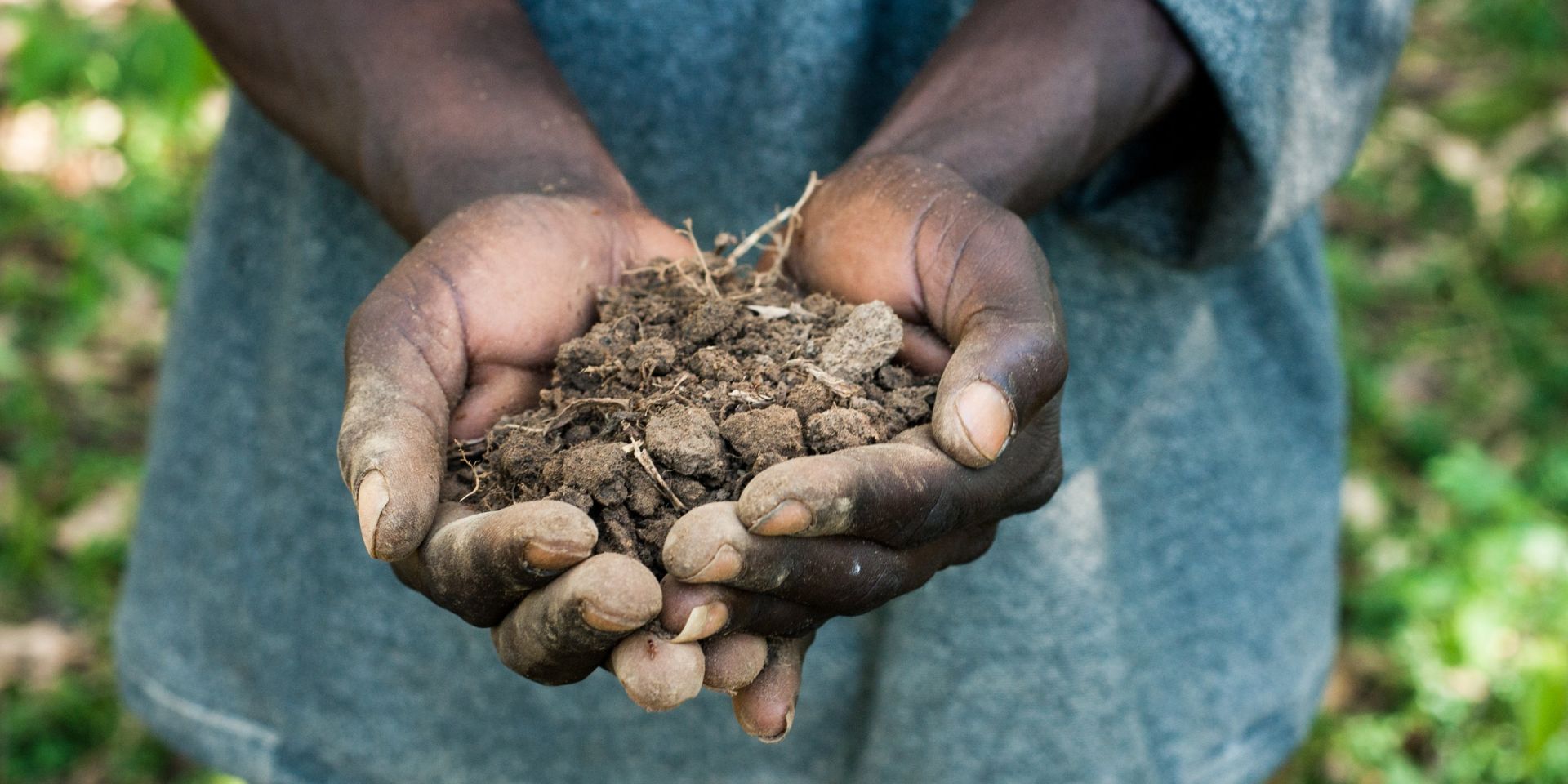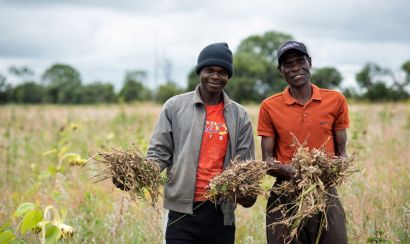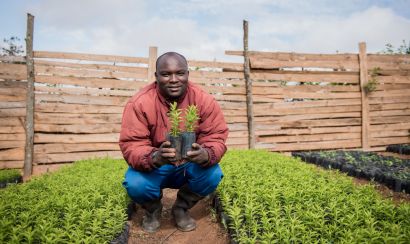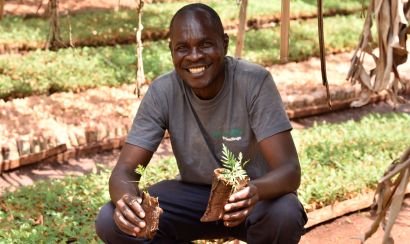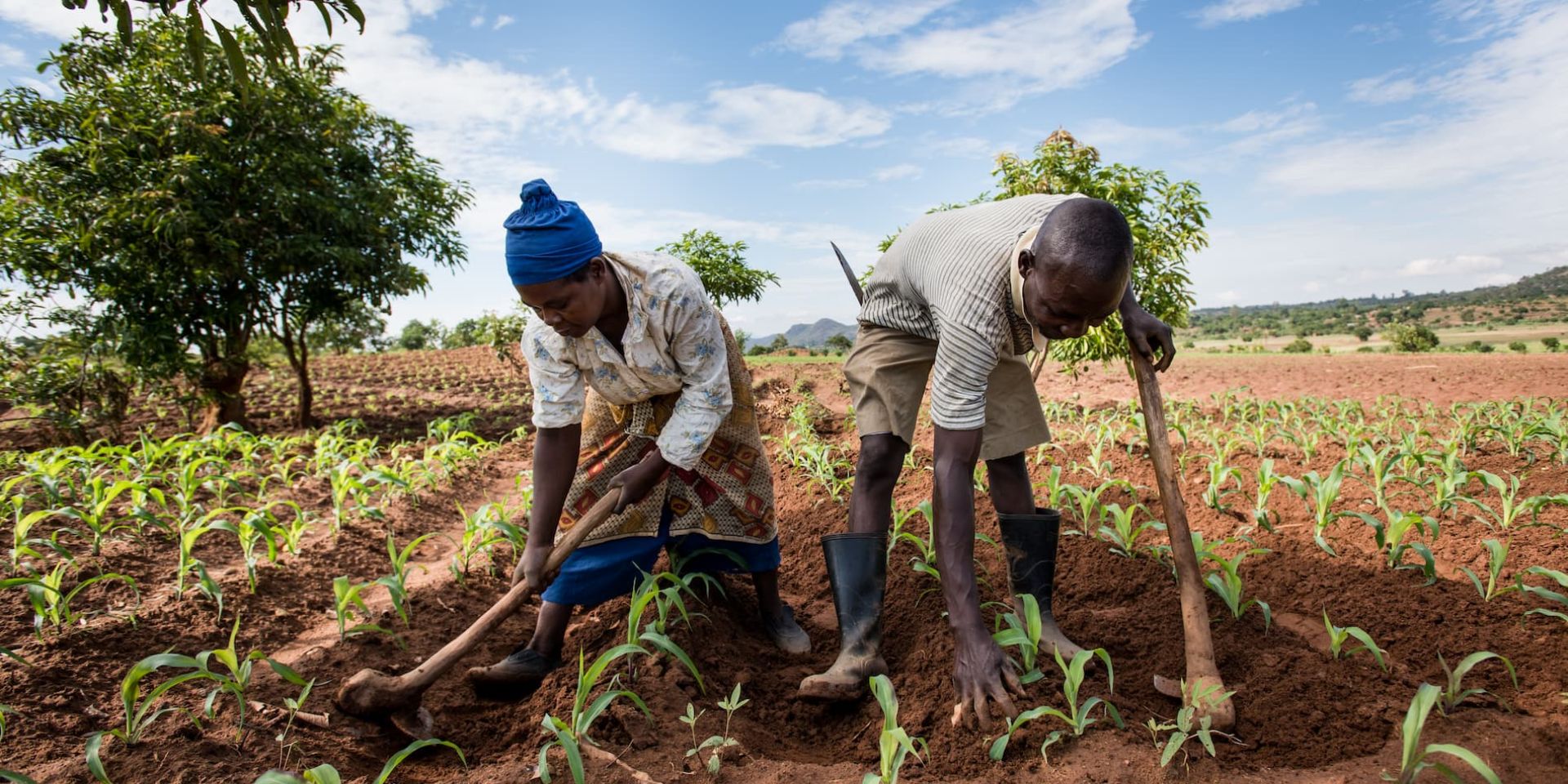5 Reasons Soil Health Is Key To The U.N. Sustainable Development Goals
International Year of Soils
Humans are intricately tied to soil. 95 percent of our food and fiber come from the soil, and over 99.9 percent of our fresh drinking water passes through soil. We even define ourselves by our relationship to soil: the words “human” and “humanity” are linguistically rooted in “humus” – which is the fertile upper portion of the soil.
In spite of the connections, many of us fail to consider the importance of preserving the health of the earth’s soils for generations to come. In sub-Saharan Africa, where the population will more than double by 2050, an estimated 65 percent of soils are degraded. This translates to poor harvests, malnutrition, and chronic hunger for millions.
When we think about the role of soil in the food security equation, it’s no wonder that the U.N. General Assembly chose to designate 2015 the International Year of Soils. With more than half the world moving to urban areas, it’s important that we take time to appreciate our relationship to soil, and talk about what we can do to keep it healthy:
1. If we want to reduce global hunger, a healthy soil biosphere is crucial.
70 percent of poor people in rural areas depend on agriculture for their livelihoods. These rural areas comprise large numbers of smallholder farmers, who cultivate less than 2 acres of land. Lacking access to quality inputs, tools, training, and financing, smallholder farmers are often at the mercy of unproductive soil. Promoting soil health, through strategies such as agroforestry, intercropping, and composting, is one important way to increase the productivity of these small plots of land. This in turn which smallholder farming communities increase their resilience to environmental shocks and grow their way out of hunger and poverty.
2. Soil is the greatest reservoir and the last frontier of biodiversity.
Most known antibiotics come from organisms that were isolated from the soil. The soil biosphere controls the cycling of most major plant nutrients, such as nitrogen, phosphorus, and sulfur. What other secrets are held in the soil biosphere? In 1 gram (one pinch) of soil, there are over 1 billion individual organisms and over 1 million unique species! We know less than 1% of who they are and less then 1% of 1% of what they do.
3. Soil is a highly valuable—and in our lifetime, non-renewable—resource.
According to The Land Institute, soil is every bit as non-renewable as oil, and it is essential for human survival. Soil takes thousands of years to develop just a few inches. A rich, deep soil that may have taken more than 100,000 years to form can be lost over night due to soil erosion. We can think of soils as a very thin skin that surrounds Earth, connecting the atmosphere, biosphere, hydrosphere, and geosphere. Frankling D. Roosevelt once said, “a nation that destroys its soils destroys itself.”
4. We can’t combat climate change without focusing on soil.
Climate change is driven by atmospheric carbon. Surprisingly, soil can absorb nearly twice as much carbon as can be contained within plants and the atmosphere combined! Soil’s enormous capacity to absorb more carbon has additional benefits: adding carbon to the soil via plant materials (compost, green manure, animal manure, biochar) will actually reduce carbon (and thereby the amount of carbon dioxide) in the atmosphere. Increasing the amount of carbon in soil will also allow the soil to capture and hold more rainwater, which reduces the amount of soil erosion and increases the soil’s ability to filter ground water, which increases water quality.
5. Ensuring soil health involves innovation and perseverance.
Agriculture for Impact recently released a Montpellier Panel report in which they call for a ‘big data’ revolution to amass helpful data on soil type and quality. AGRA has trained almost two million smallholder farmers in 13 countries in Integrated Soil Fertility Management practices, helping them acquire the inputs they need to revive their lands and boost their yields. One Acre Fund trains farmers in East Africa on intercropping and composting techniques, and offers loan products that have a positive environmental impact, such as grevillea trees and solar lights. These efforts to improve soil health may take time to produce results, but will ultimately ensure that existing farmland is more productive for generations to come.
Soil is part of the solution to some of the greatest dilemmas of our time. It plays a critical role in mitigating the effects of climate change, increasing farm productivity and food security, and may hold the answers to eradicating antibiotic resistance. If we truly want to achieve the Sustainable Development Goals we’ve set for ourselves, we can’t afford to not focus on soil health, this year and every year.
